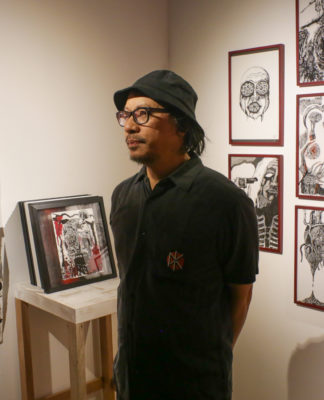TENSION is always life in an emergency room (ER).
Composed of resident doctors, interns, medical clerks, and nurses, the ER provides the first management of disease and immediate treatment to patients.
The ER can be compared to a topsy-turvy living room where vigilant doctors welcome patients from all walks of life. These health care providers attend to all kinds of sicknesses. Some of the usual cases are stabbings, bullet wounds, and chronic illnesses like heart diseases.
The ER is where real-life drama takes place. The doctors’ capacity is tested by how fast they think and how alert they are in attending to the patients.
“Here you act fast and work fast. The ER is adrenaline-based and you need to give the proper immediate treatment,” Dr. Alubert V.A. Capati, ER resident of the USTH charity department, said.
Since all orders are verbal and “stat” (Latin statim, meaning “immediately”) especially during “life-and-death” situations, there is no need for a physician’s order sheet followed before treating a patient.
The nurses serve as the doctors’ back-ups. ER staff nurse Ervinia Rabena says that one needs to be ready all the time. Presence of mind is a must. She remembers a time when at the wee hours, a patient with multiple gunshot wounds was rushed to the ER.
Aside from performing medical procedures, the doctors also act as counselors, listening to patients’ problems. They are also social workers since they give aid and treatment to those who cannot pay.
Since the main objective of the USTH’s Charity ward is to extend medical assistance to the less fortunate, the ER houses the Lingkod E.R., an organization to help poor patients. Thomasians are welcome to become volunteers. Students from any college can be volunteers and if accepted, they will be assigned as assistants to interns and take part in all the action at the ER.
The ER provides a perfect setting where a physician, an intern, and a nurse give service and share their expertise and experience through constant interaction with indigent patients. It also enables them to be more dynamic, fast, and assertive in patient care.
As one surveys the ER, one appreciates the importance of this room. The indigent patients get equal treatment and medication at the emergency level. Lives are saved through the efficiency, professionalism, and compassion of the ER health-care providers.















